We see learning not simply as a particular range of subjects, but as broad areas, with parts that overlap, that are both cross-sectional and multifaceted. In each area, we offer a curriculum that stimulates children’s interest and allows them to fully experience the joy of learning.
Language Unit 1: Words
Students hone their skills with “words”, which are a tool for maintaining good relationships and a gateway to the world of knowledge. Multiple textbooks are used at all grade levels, increasing students’ exposure to a wide variety of texts. As students establish basic academic skills, they also work on creating stories and poems as a way to develop rich linguistic sensibilities and various types of language abilities.
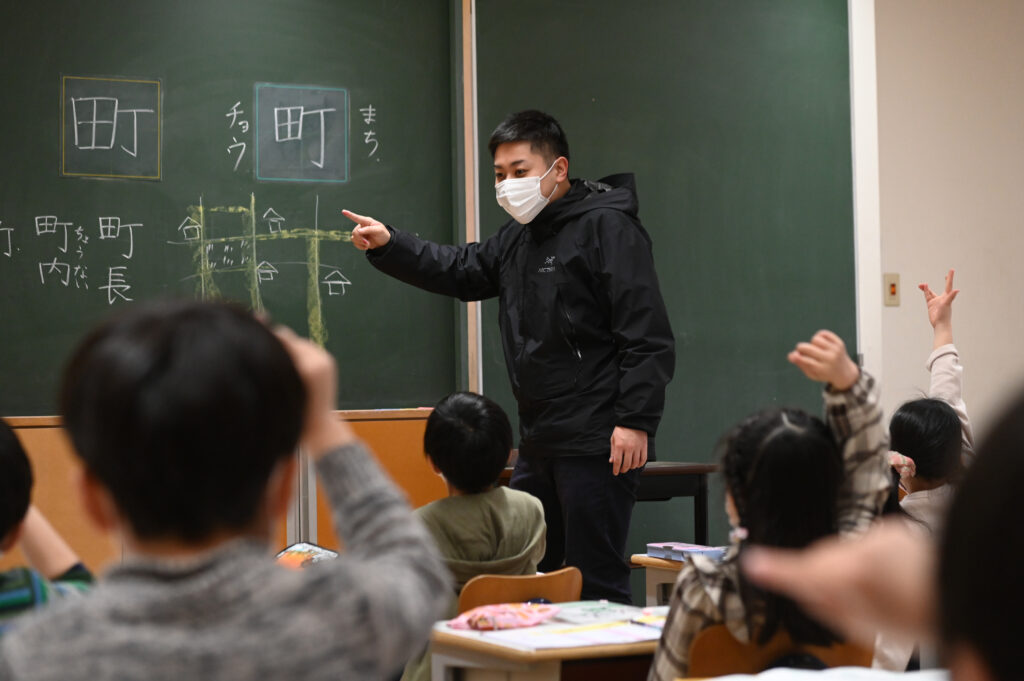
Language Unit 2: English
Students proactively communicate with native English-speaking teachers to learn basic English conversation skills. English classes are offered three times a week in all grades, with English having more time allocated to it than any other class except “Words” and “Numbers”. There is also emphasis placed on cross-cultural understanding in order to learn about the way of life and thinking in English-speaking cultures. Starting in 4th grade, the focus will expand to include reading and writing practice using junior high school-level textbooks.
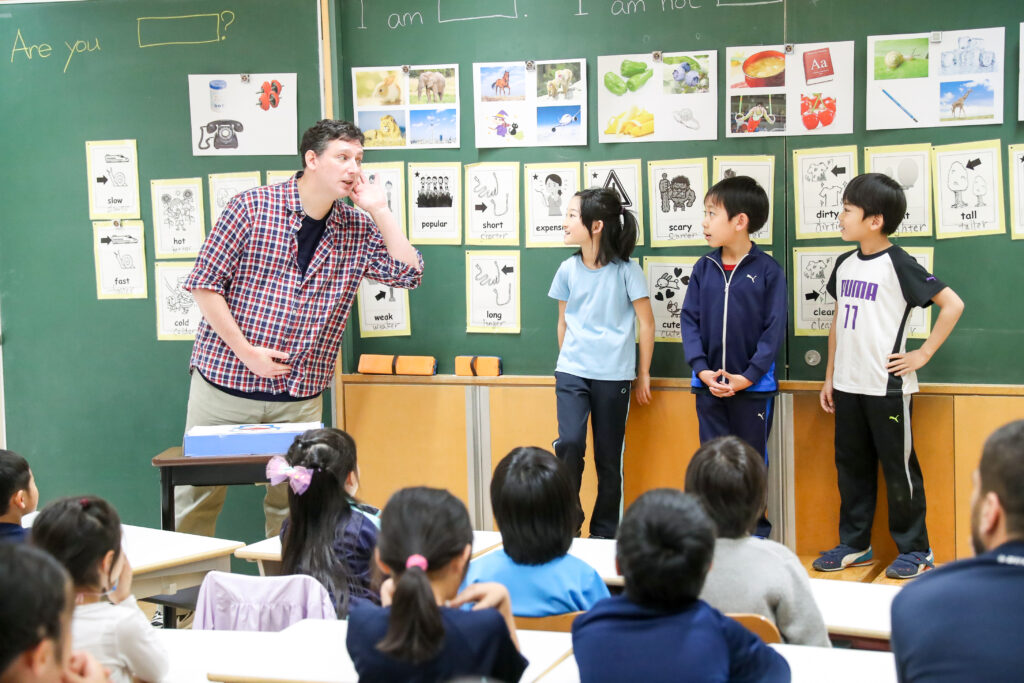
Math & Science Unit 1: Numbers
This class develops the ability to think mathematically and logically after establishing a firm grasp of numbers and mathematical skills. Its focus is not only on strengthening mathematical skills, but also on activities that allow students to use what they have learned to discover the rules of numbers around them. Students also develop advanced thinking skills by taking on difficult problems such as thinking ability tests and junior high school entrance exam-level questions.
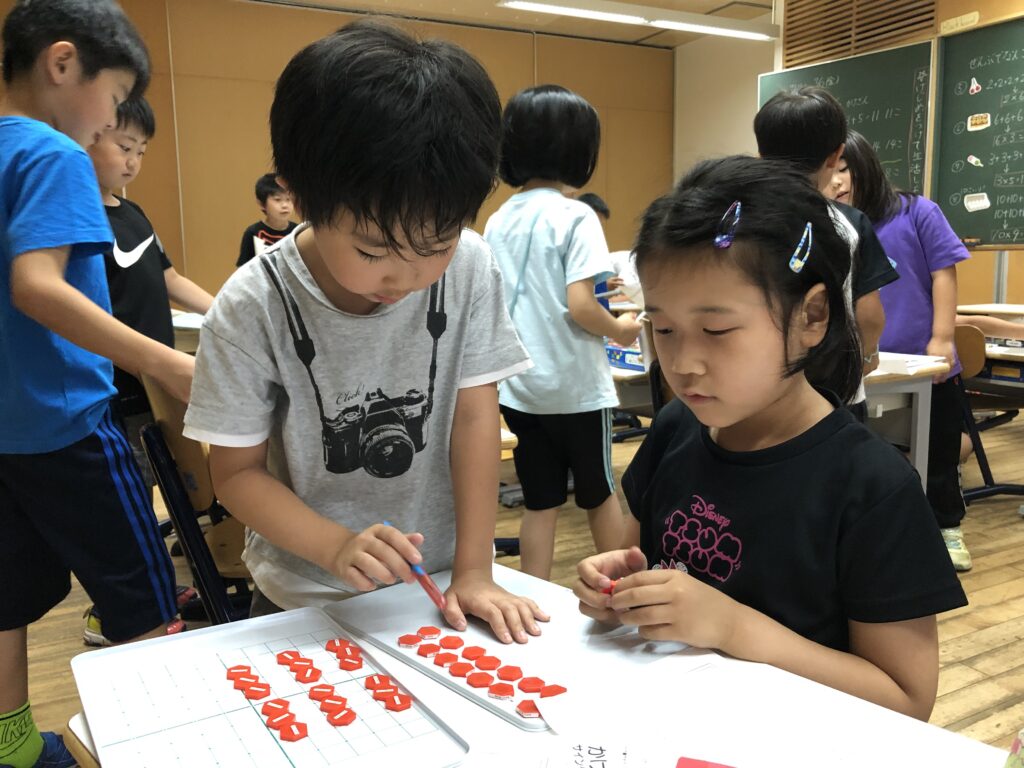
Math & Science Unit 2: Science
The course uses the interest in and study of natural phenomena to acquire scientific knowledge. Students will also build a foundation of scientific ability that enables them to conduct observations and experiments with foresight. Additionally, the class looks at the relationships between science and daily life, as well as between science and technology, and cultivates a predisposition (scientific literacy) for proactive living in this advanced technology-rich society in which we live today.
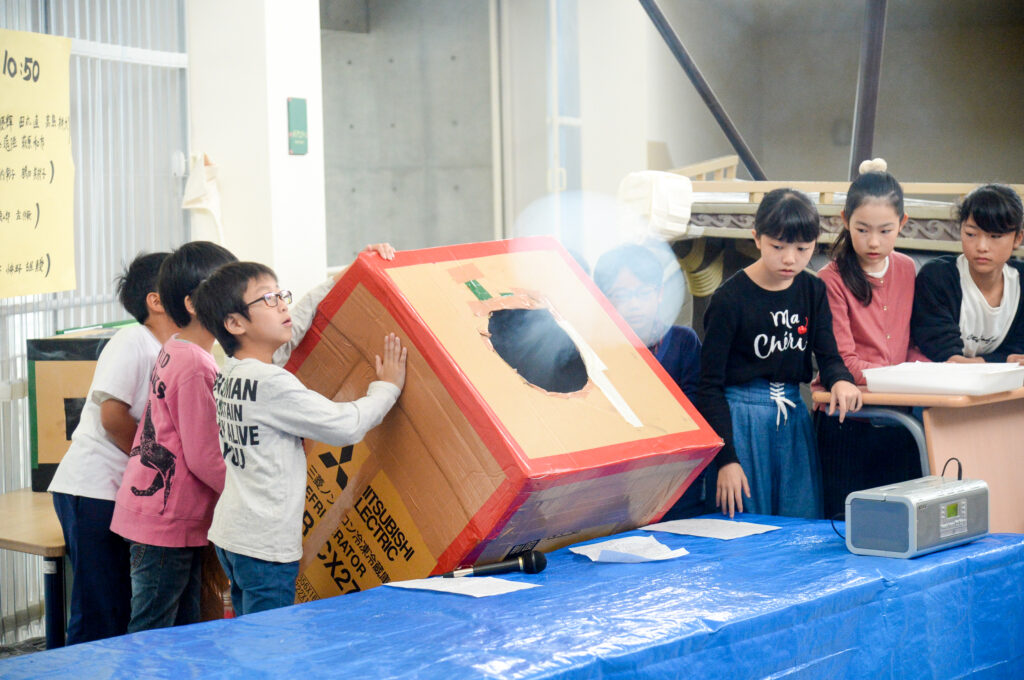
Coexistence Unit 1: Social Studies
This class develops students’ ability to find the connections between social events from various perspectives, such as geography, history, politics, economics, and culture, and to perceive them in a multifaceted manner. A strong focus is also placed on gaining a first-hand understanding of society through tours and experiences at courthouses, capitol buildings, and food factories, as well as through social simulations conducted at school. Additionally, students take part in classes where they think about how to live in a globalized world and express themselves in their own ways.
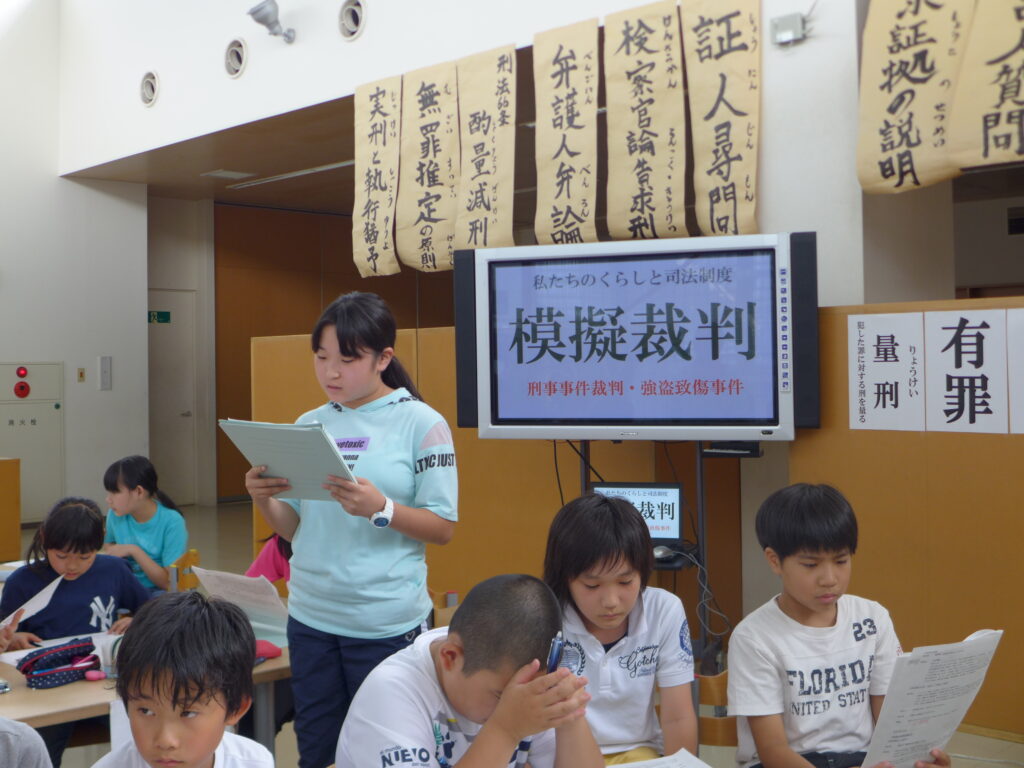
Coexistence Unit 2: Interpersonal Relationships
This class helps students understand that people live in connection with others. Students develop their communication skills while learning courtesy, fairness, and consideration in the process. Lessons incorporate familiar episodes that occur in the students’ class or grade as real-world teaching materials, as well as the school’s unique encounter activities.
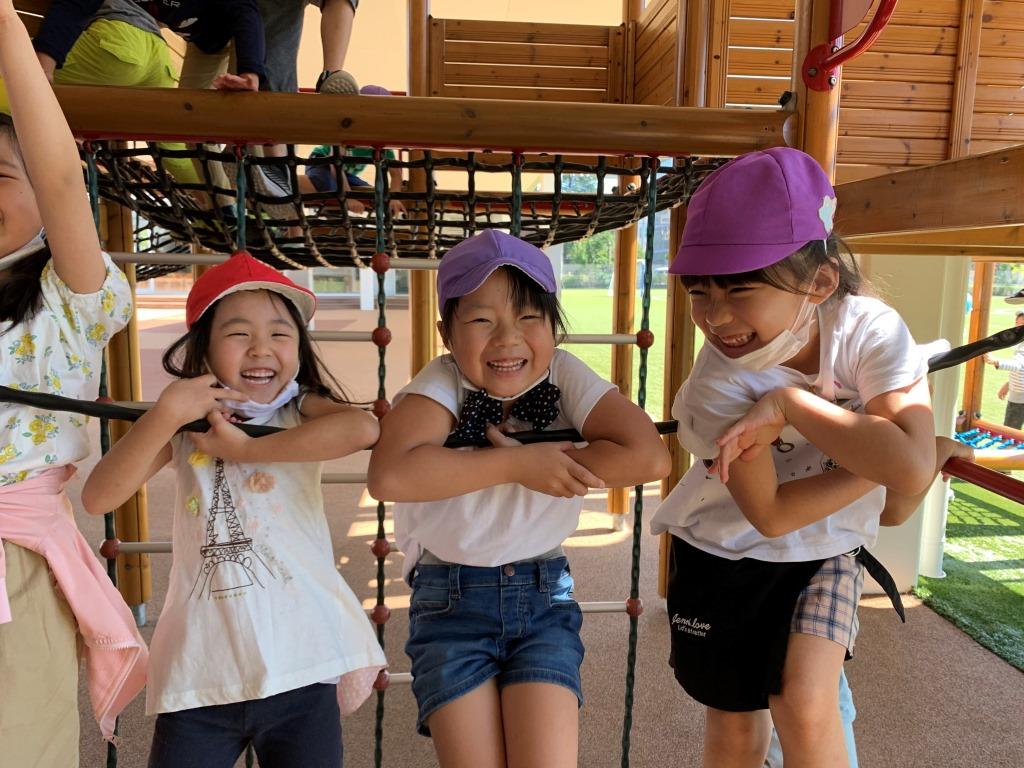
Coexistence Unit 3: Home Economics
Students learn knowledge and skills that can enrich their daily lives. With activities such as making “sweets from around the world” and “mixed juice according to one’s physical condition” in the kitchen attached to the school cafeteria, and using sewing machines to make “costumes from around the world”, students can enjoy learning about life and health through the basic human needs of food, clothing, and shelter.
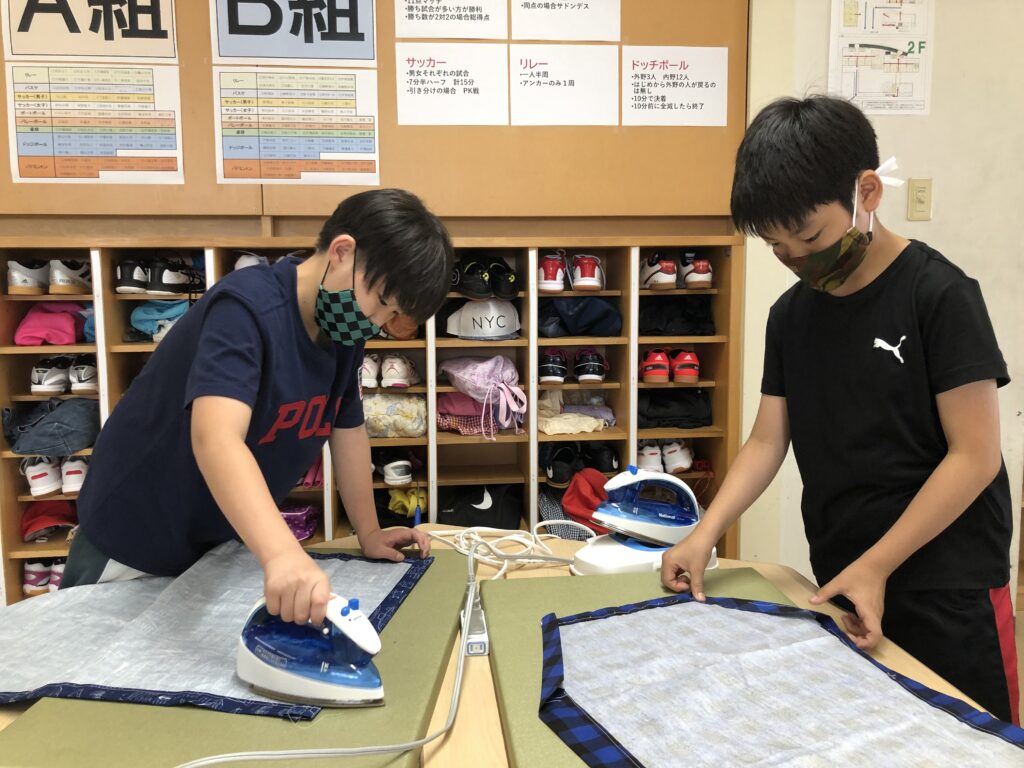
Expression Unit 1: Music
This class nurtures musical sensitivity, placing great value on the joyful feelings of wanting to play an instrument or sing. It also incorporates elements of English and Physical Education classes through practice activities that connect rhythm to listening and sports. Students will have the opportunity to see an orchestra in action, and may even take on the challenge of conducting it. All of this creates an environment for a truly fulfilling musical experience.
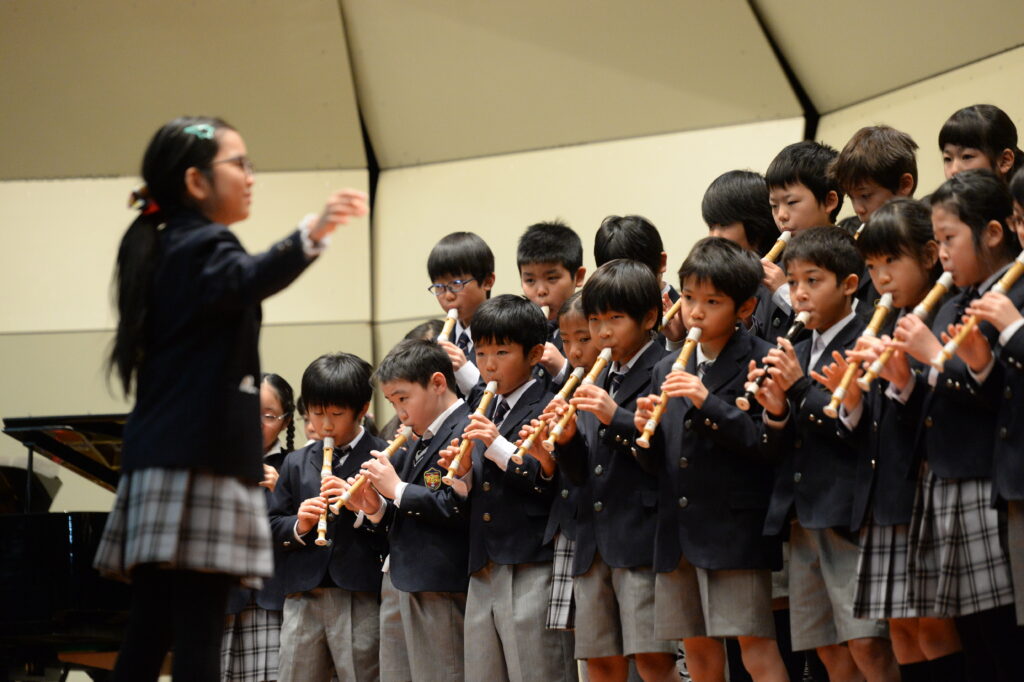
Expression Unit 2: Art
This class develops and nurtures students’ “sensitivity for creation” while they learn basic art techniques and skills. In addition to painting and modeling activities in the Art Hall, a dedicated classroom equipped with a wide range of materials, tools, and equipment, we also use school buses to take students to visit art museums for viewing classes and to locations for nature sketches.
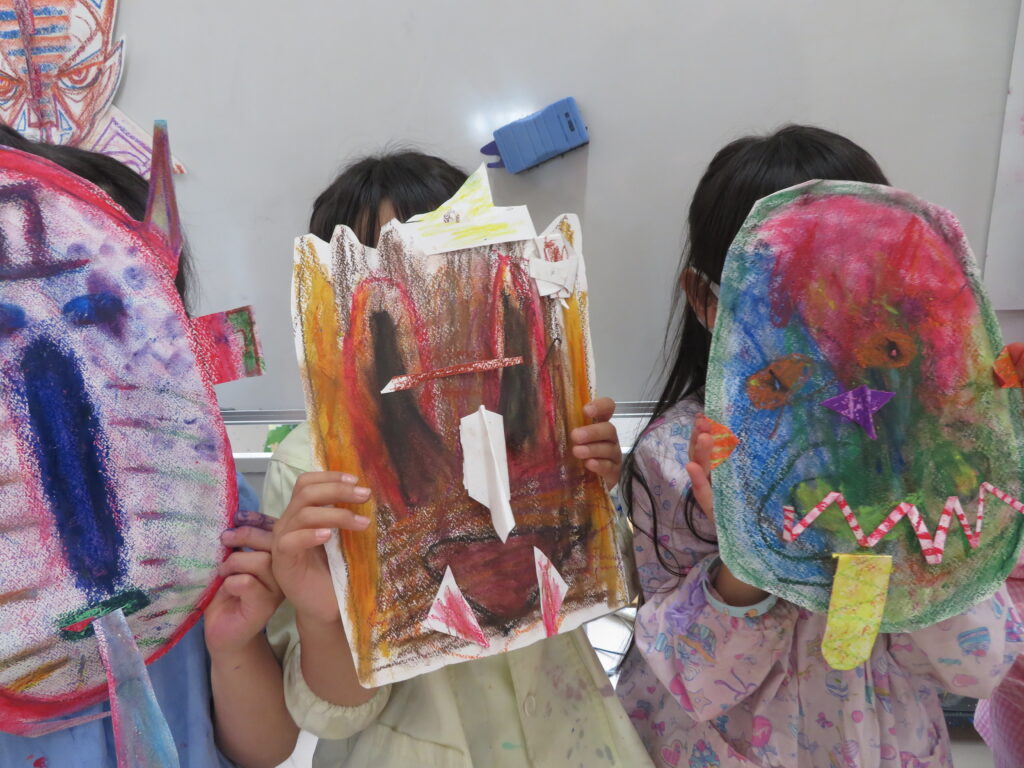
Expression Unit 3: Physical Education
This class has been developed to give students the opportunity to look at the body from various aspects while also mastering basic exercise skills. They will learn the joy of exercise from a variety of perspectives, including through close cooperation with other subject areas such as Music, Science, Interpersonal Relationships, and Social Studies. Examples include “physical expression as art”, “the importance of life and health”, “cooperation in interpersonal relationships”, and “the importance of rules in sports”.
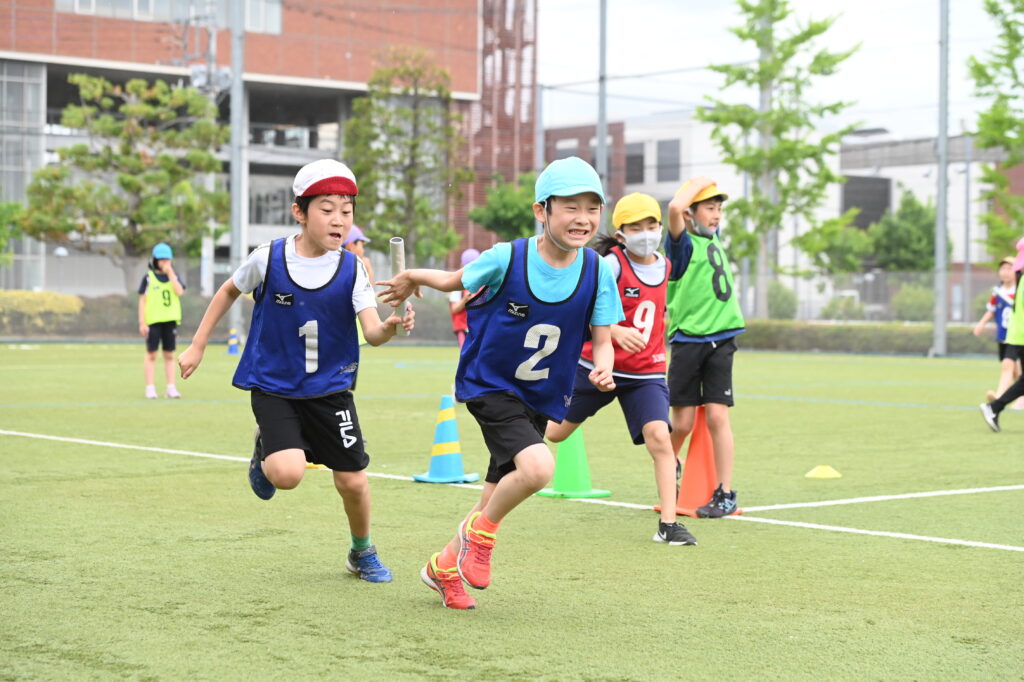
Team Teaching
Collaboration among teachers creates lively classrooms
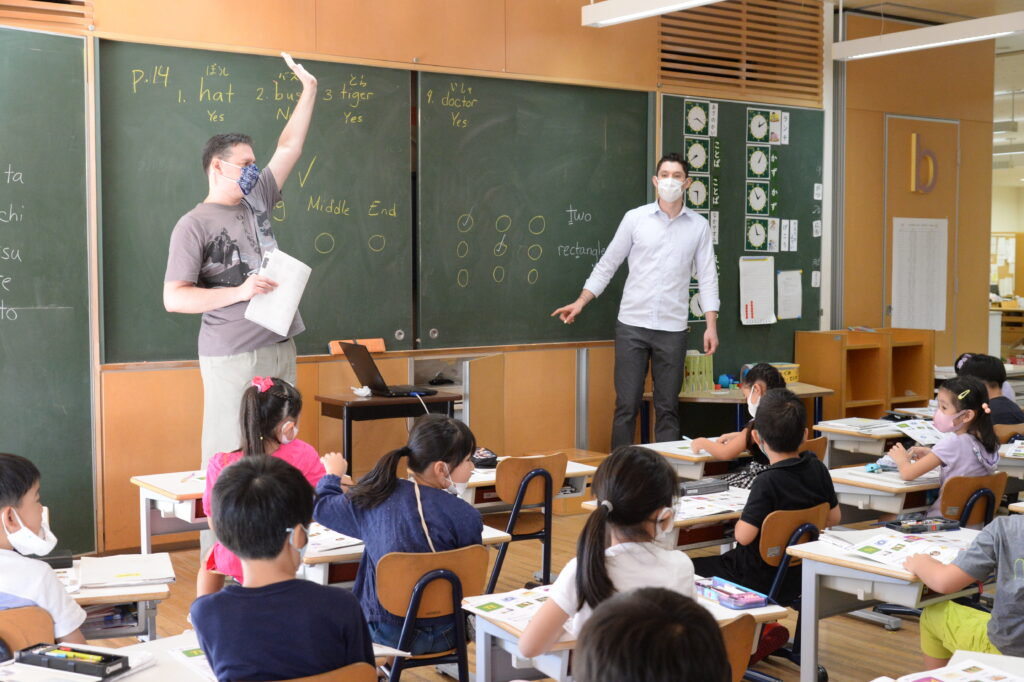
All classes in grades 1 and 2, as well as in areas such as Words, Numbers, and English in grades 3 through 6, are taught in a collaborative manner by several specialized teachers. The style of team teaching varies according to the needs of the situation and the intended effects. Teachers can flexibly divide the class into groups, taking into consideration the learning style and pace of each child, and teach the lesson in these smaller groups, or one teacher may teach the whole class while the other teacher assists a particular child.






